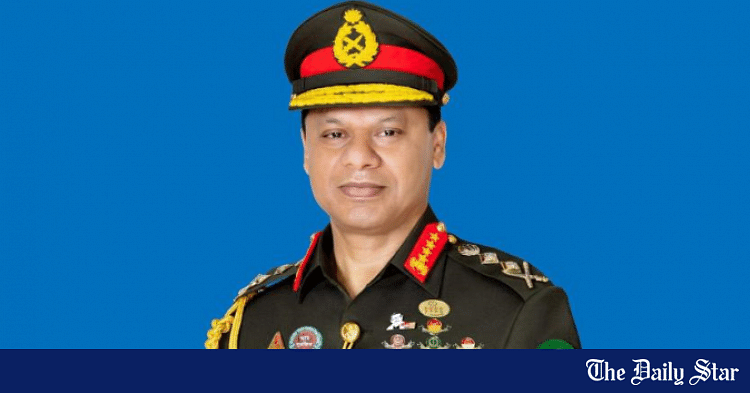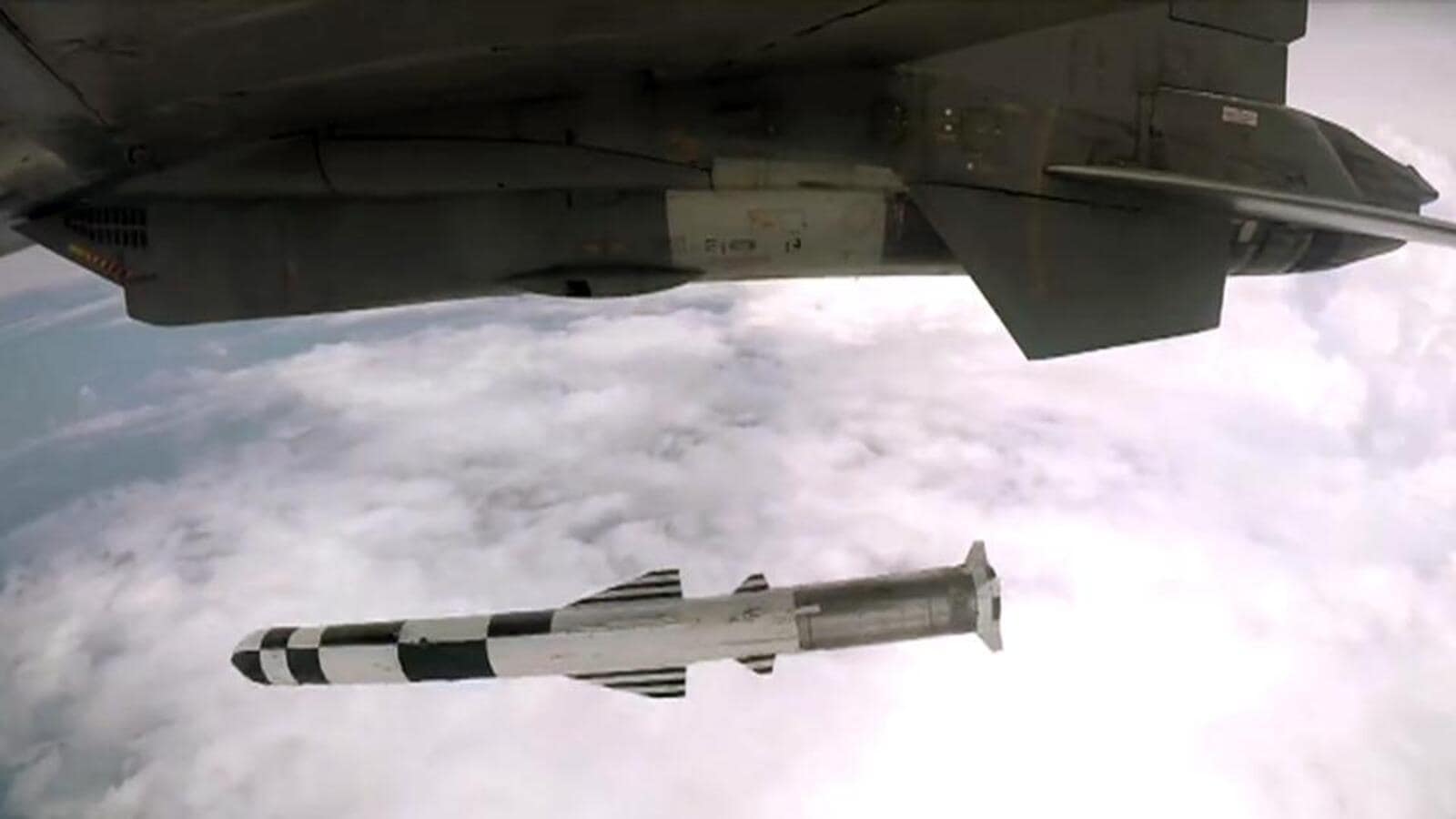- Copy to clipboard
- Thread starter
- #41
Saif
Senior Member
- Jan 24, 2024
- 12,560
- 6,968
- Origin

- Residence

- Axis Group


Army chief off to Singapore to attend Shangri-La Dialogue
Chief of Army Staff General SM Shafiuddin Ahmed left Dhaka for Singapore today (Thursday) on an official visit
Army chief off to Singapore to attend Shangri-La Dialogue

Photo: ISPR
Chief of Army Staff General SM Shafiuddin Ahmed left Dhaka for Singapore today (Thursday) on an official visit.
During the visit, he will attend the "International Institute for Strategic Studies Shangri-La Dialogue 21st Asia Security Summit-2024" to be held in Singapore from May 31 to June 2, 2024.
In addition, the army chief will hold bilateral meetings with the Chief of Staff (Army Chief) of the Singapore Armed Forces and high-ranking military and civilian officials from various countries, according to an ISPR press release.
The IISS Shangri-La Dialogue is Asia's premier defence summit. It is a meeting where ministers debate the region's most pressing security challenges, engage in important bilateral talks, and come up with fresh approaches together.
It is worth mentioning that the main objectives of this conference are to discuss regional security risks in the Asia region, bilateral discussions on important military matters, and to determine joint action plans to deal with the risks.
The army chief will return to Bangladesh on June 2 after the conclusion of the conference, said the release.
Photo: ISPR
Chief of Army Staff General SM Shafiuddin Ahmed left Dhaka for Singapore today (Thursday) on an official visit.
During the visit, he will attend the "International Institute for Strategic Studies Shangri-La Dialogue 21st Asia Security Summit-2024" to be held in Singapore from May 31 to June 2, 2024.
In addition, the army chief will hold bilateral meetings with the Chief of Staff (Army Chief) of the Singapore Armed Forces and high-ranking military and civilian officials from various countries, according to an ISPR press release.
The IISS Shangri-La Dialogue is Asia's premier defence summit. It is a meeting where ministers debate the region's most pressing security challenges, engage in important bilateral talks, and come up with fresh approaches together.
It is worth mentioning that the main objectives of this conference are to discuss regional security risks in the Asia region, bilateral discussions on important military matters, and to determine joint action plans to deal with the risks.
The army chief will return to Bangladesh on June 2 after the conclusion of the conference, said the release.



